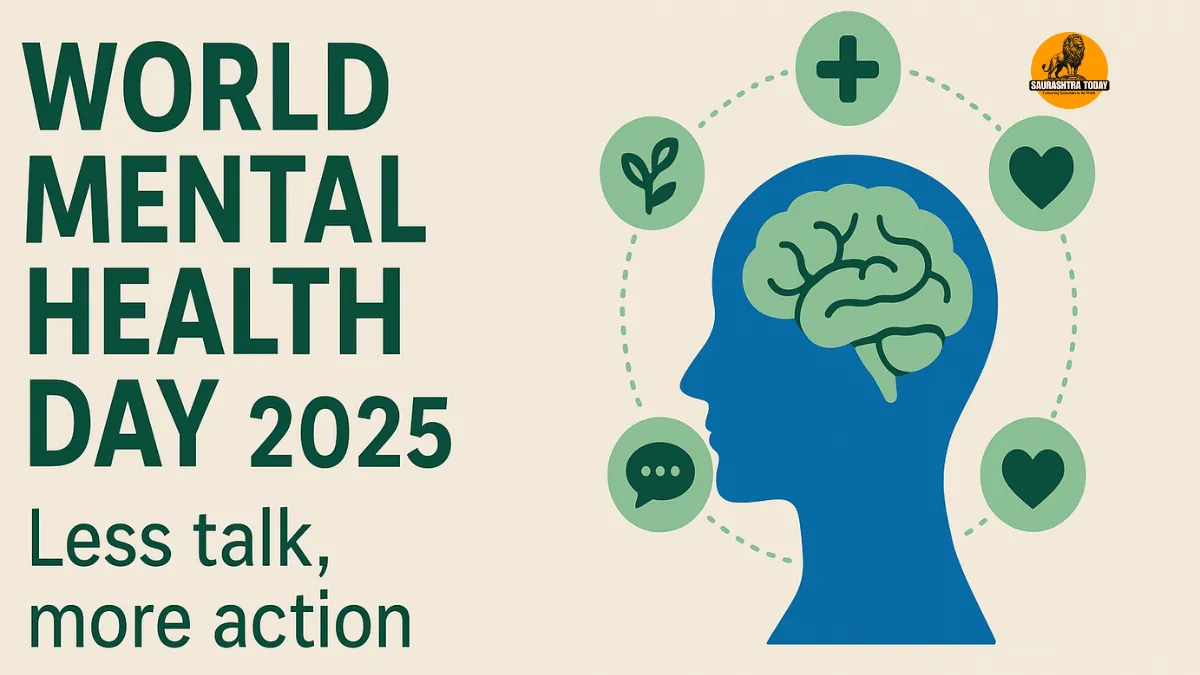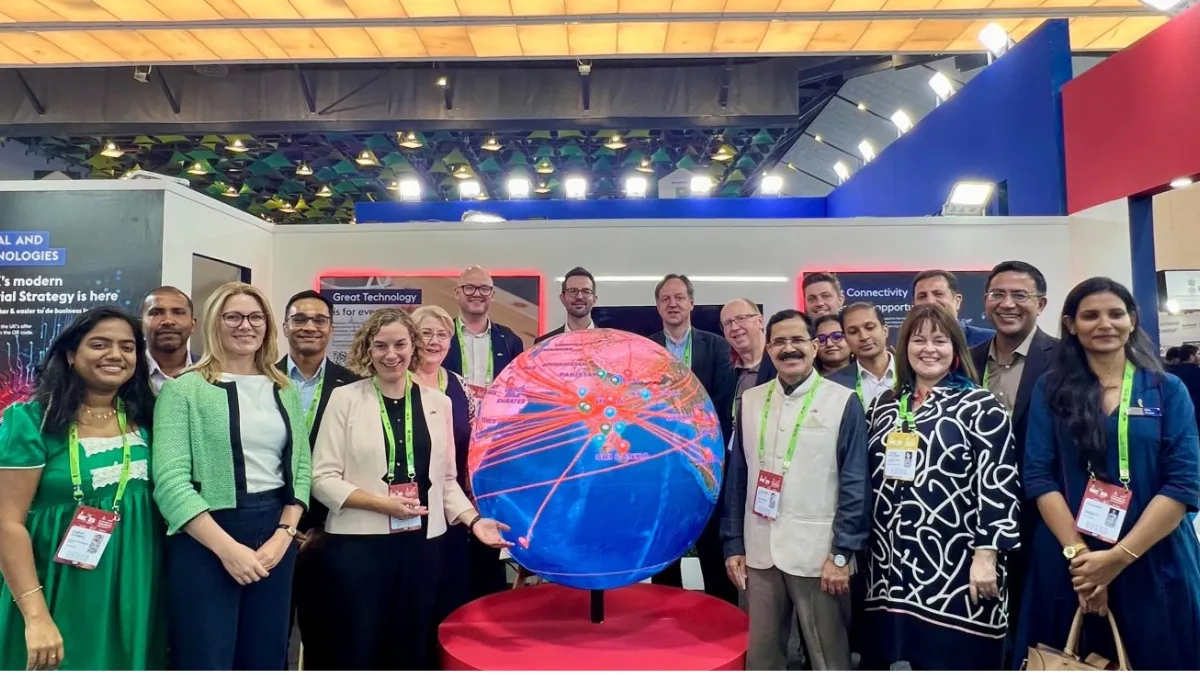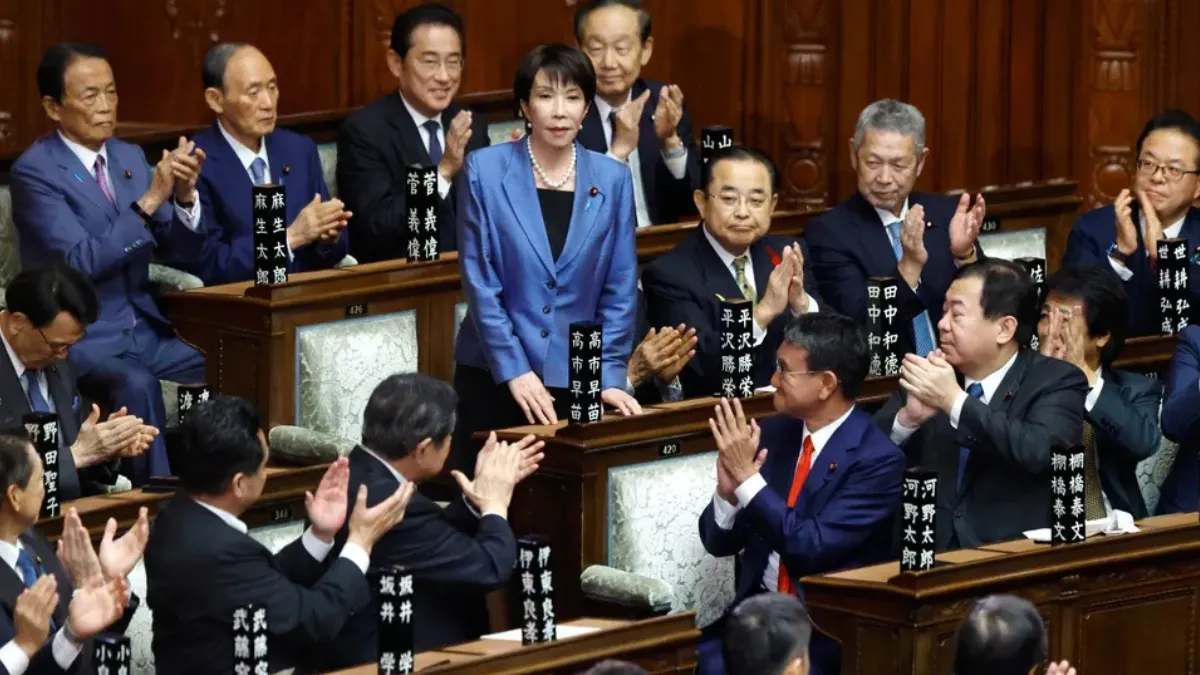World Mental Health Day 2025 brings with it an urgent reminder: while awareness has grown, meaningful action still lags behind. Every year on October 10, the world comes together to recognize the importance of mental health — but in 2025, the call is clear: it’s time to turn conversations into concrete steps that make care more accessible for everyone.
Bridging the Gap Between Awareness and Action
In recent years, mental health has finally entered the mainstream conversation. Especially among Gen Z, discussions around stress, depression, and emotional well-being are no longer taboo. From TikTok trends to corporate boardrooms, mental health is openly discussed more than ever before.
However, this openness has not fully translated into real-world change. There remains a wide gap between talking about mental health and taking action to improve it. While people are increasingly comfortable sharing their struggles online, access to professional help and affordable therapy continues to be limited.
The truth is simple: mental health has become a “more talk, less action” issue, where awareness outpaces actual solutions.
World Mental Health Day 2025: Theme and Focus
This year’s global theme, announced by the World Health Organization (WHO), is “Access to Services – Mental Health in Catastrophes and Emergencies.” The 2025 campaign highlights the urgent need to support people affected by humanitarian crises, including conflicts, natural disasters, and displacement.
In these challenging times, ensuring mental health support during emergencies is just as vital as providing food, shelter, or medical aid. The WHO emphasizes that emotional and psychological care must be recognized as a core component of humanitarian response.
A Wake-Up Call for India
While mental health conversations are increasing worldwide, the situation in India paints a sobering picture. According to the World Health Organization, India records 2,443 disability-adjusted life years (DALYs) per 100,000 people due to mental health issues. Even more concerning, the country’s age-adjusted suicide rate stands at 21.1 per 100,000, among the highest globally.
These numbers highlight the severity of the crisis — and the urgent need for systemic reform.
Although wellness sessions and therapy conversations have become common in schools and workplaces, India’s mental health infrastructure remains underdeveloped. Therapy is expensive, qualified professionals are limited, and social stigma continues to silence those who need help the most.
Corporate Wellness vs. Real Support
In corporate settings, many companies have begun introducing “mental wellness” programs — but often these are limited to symbolic gestures such as motivational webinars or yoga days. True mental health support requires policies that address burnout, paid mental health leave, flexible work options, and access to trained therapists.
While peer-to-peer empathy and informal support networks are growing, trained professional help remains scarce. Without proper infrastructure and government-backed initiatives, workplace mental health programs risk becoming more about image than impact.
Gen Z: Leading the Conversation, Seeking Solutions
The younger generation has played a major role in breaking the stigma. Gen Z is more open about therapy, mindfulness, and emotional well-being than any generation before them. They are using social media as a space for sharing experiences, raising awareness, and supporting one another.
However, they also face unprecedented challenges — from digital burnout and financial uncertainty to social isolation and career anxiety. The openness of Gen Z is commendable, but awareness without access leaves many feeling frustrated and unsupported.
For change to happen, governments, institutions, and communities must work together to make mental healthcare affordable, accessible, and stigma-free.
Also read: Karwa Chauth 2025 Date, Puja Muhurat and Moonrise Time: October 9 or 10? Here’s the Clarity
From Words to Action: What Needs to Happen Next
To truly honor World Mental Health Day 2025, we must move from awareness campaigns to concrete implementation. Here’s what’s needed:
- Affordable Access: Expand public health programs to include free or low-cost therapy options for all.
- Workplace Reform: Mandate mental health leave and counseling services in organizations.
- Education and Early Intervention: Introduce emotional literacy and counseling in schools and colleges.
- Community-Level Support: Train local volunteers and NGOs to provide basic mental health first aid.
- Policy Integration: Treat mental health as an equal part of overall healthcare, not an optional extra.
When governments, organizations, and individuals come together with coordinated action, the global mental health crisis can begin to ease.
Also read: World Habitat Day: Celebrating Our Homes on Earth
The Road Ahead: Building a Supportive Future
Talking about mental health is the first step — but the real journey begins with action. World Mental Health Day 2025 reminds us that empathy, awareness, and conversation must evolve into sustainable systems of care.
Everyone — from policymakers to employers, teachers to parents — has a role to play. Building a mentally healthy world means creating environments where people feel safe to seek help and can access it without barriers.
The message this year is simple yet powerful:
Talking helps — but building systems that ensure care for everyone is what truly changes lives.
















